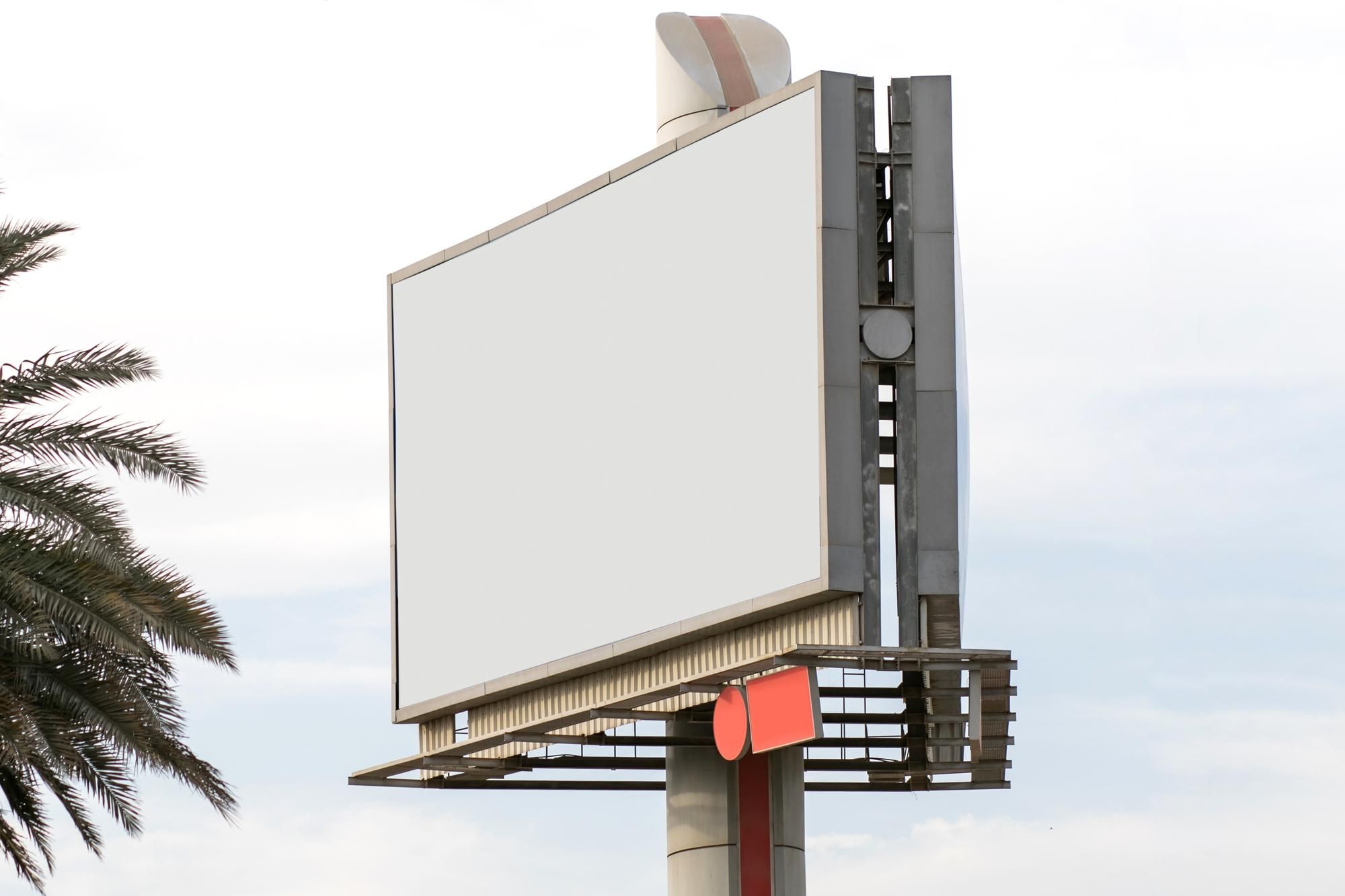Cannabis billboards litter the sides of roads and highways in legalized states.
If you’ve driven around California, or in one of the other ten recreationally-legal states, you’ve certainly seen your fair share of cannabis billboards around town.
If not, don’t worry. You will eventually.
Billboards that advertise marijuana are becoming the new rage. After all, they give brands massive exposure, help advertisers to reach consumers, and will often provide a good ROI for cannabis storefronts.
But, if you don’t safely navigate restrictions and laws surrounding policies for cannabis advertising, your brand could face legal trouble.
Today, we’ll help you to avoid troubles with the must-known “do’s and don’ts” of cannabis billboard advertising.
Marketing for cannabis brands has become rather tricky throughout the media world.
For example, purchasing an ad in a nationally-syndicated publication or acquiring airspace on national television may result in your brand being advertised in states that aren’t yet legal. This is a great way to waste an ad-spend budget.
By contract, billboards allow cannabis brands to reach consumers in their local market. It’s centralized to a single area, won’t have nearly as much regulatory oversight, and delivers lower CPMs than traditional forms of media buying.
Review Local Cannabis-Advertising Regulations before Renting Billboard Space
Just as with cannabis legalization laws, cannabis billboard guidelines significantly vary between municipalities and states.
What’s legal in one region may not be in another. Your brand should thoroughly research your state’s regulations that govern cannabis ads.
There are some restrictions you may possibly encounter, including:
Cannabis-related ads in areas where minors account for the population majority, such as close to schools, may not be permitted.
You may be required to display your permit/license number on the billboard to distinguish yourself as a licensed dispensary or cannabis clearinghouse. This is a requirement in California.
You may not be able to advertise if your license to operate becomes suspended (another California rule).
Don’t Display Controversial Images (such as people smoking)
Many individuals subscribe to the concept that controversy can sustain growth, believing that more attention, albeit good or bad, is helpful for scaling their business.
But keep in mind, cannabis tends to be a controversial topic. That said, there’s no need to push the envelope further. Studies actually show that conservative cannabis ads generate better results compared to those that aren’t.
You likely want to brand yourself as a serious and professional business.
If portraying someone smoking marijuana in your cannabis billboard, you won’t reflect this image. Instead, focus on your brand’s message and image as opposed to the shock value. Doing so will allow your brand, message, and billboard to resonate with more consumers.
Do: Be Creative with your Message
Taking the conservative approach with your cannabis billboard in no way means you need to be boring.
After all, you’re a cannabis brand, and your distinctive approach will surely put your brand in the spotlight. Consider what stands you and your brand apart from competing vendors, become creative and use engaging copy to grab the attention and interest of drivers.
In legalized states, cannabis dispensaries have certainly become ubiquitous. With so many around, you need to give good reasons to consumers for why they should visit your store over another. What makes you different? What makes your store special?
Perhaps it’s your staff’s extensive knowledge with cannabis or your vast selection, or the top-quality strains you carry. These are points you’ll want to include within your cannabis billboard message.
Don’t: State Claims you cannot Back Up
A majority of states have policies regarding false advertising.
Marijuana often falls into murky waters, mostly because it’s newer to science and research. This is especially true for states that are medically but not recreationally legal. It’s easy to over exaggerate the power and uses of the herb.
When using a billboard to promote your dispensary, be sure to temper your enthusiasm with a message that doesn’t take it too far. Some states, including Massachusetts, have banned any claims to the curative and therapeutic effects of cannabis. The Bay State also doesn’t permit dispensaries or similar businesses to advertise giveaways or promotions within their billboard.
This cannot be emphasized enough. It’s an absolute must that you research and comply with state and local laws that regulate what cannabis-related billboards can promote.
Do: Take your BRANDING into Account
This is especially important since we’re in the infant stages of cannabis becoming commercialized. In today’s market, competition among dispensaries for consumers is fierce. This is why your cannabis billboard needs to make it clear as to why consumers should choose you over your competitor.
A billboard is your opportunity to shine, and to let potential customers known what your brand stands and wants to be known for.
There are some simple yet effective ways to get your point across, including:
- Use the same theme and color palette through the billboards design
- Make your logo easily visible to familiarize consumers with your brand
- Employ consistent verbiage and messaging throughout the billboard
Conclusion – Evolve your Message
Again, the legalized medical and recreational cannabis industry is in the early stages. As you’re likely aware, regulations change frequently and have been every since legalization efforts began.
It’s safe to say that in this industry, evolving policies and legislation reform are imminent occurrences.
This means that the “do’s and don’ts” of today may no longer be applicable as time progresses. Frequent research, staying informed, and keeping yourself in the loop will ensure that you manage your brand while maintaining policy-compliance.
This way, you won’t need to worry about encountering advertising violations and can focus on increasing customers to achieve a budding and prospering business.

